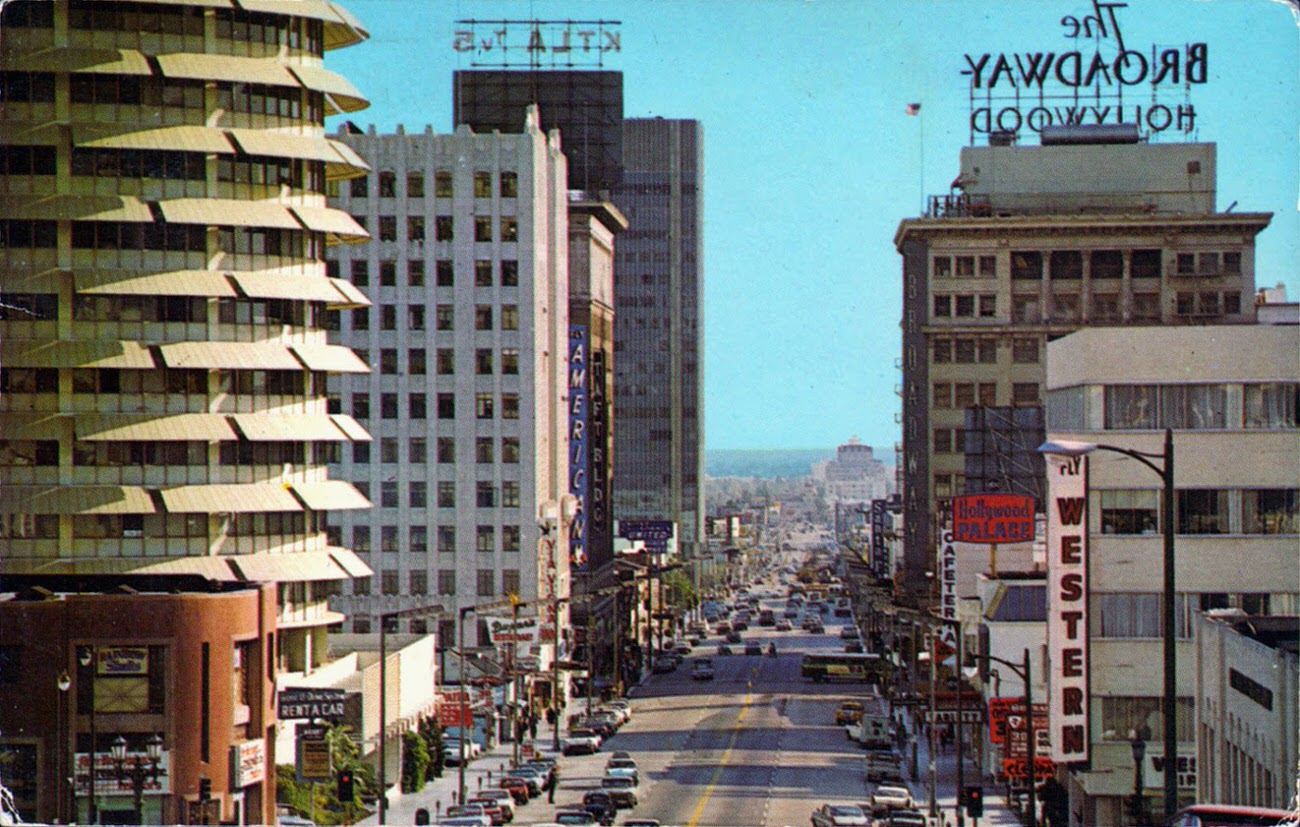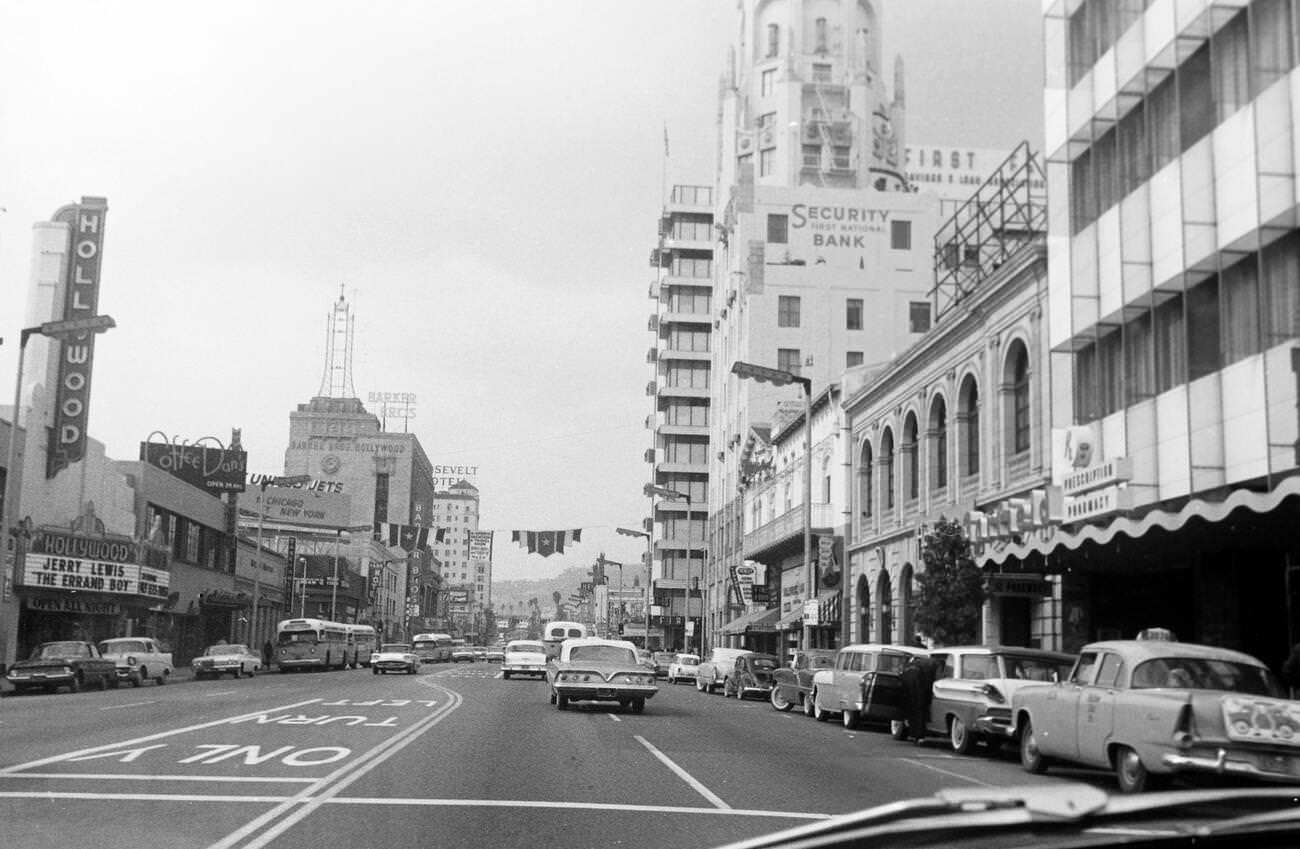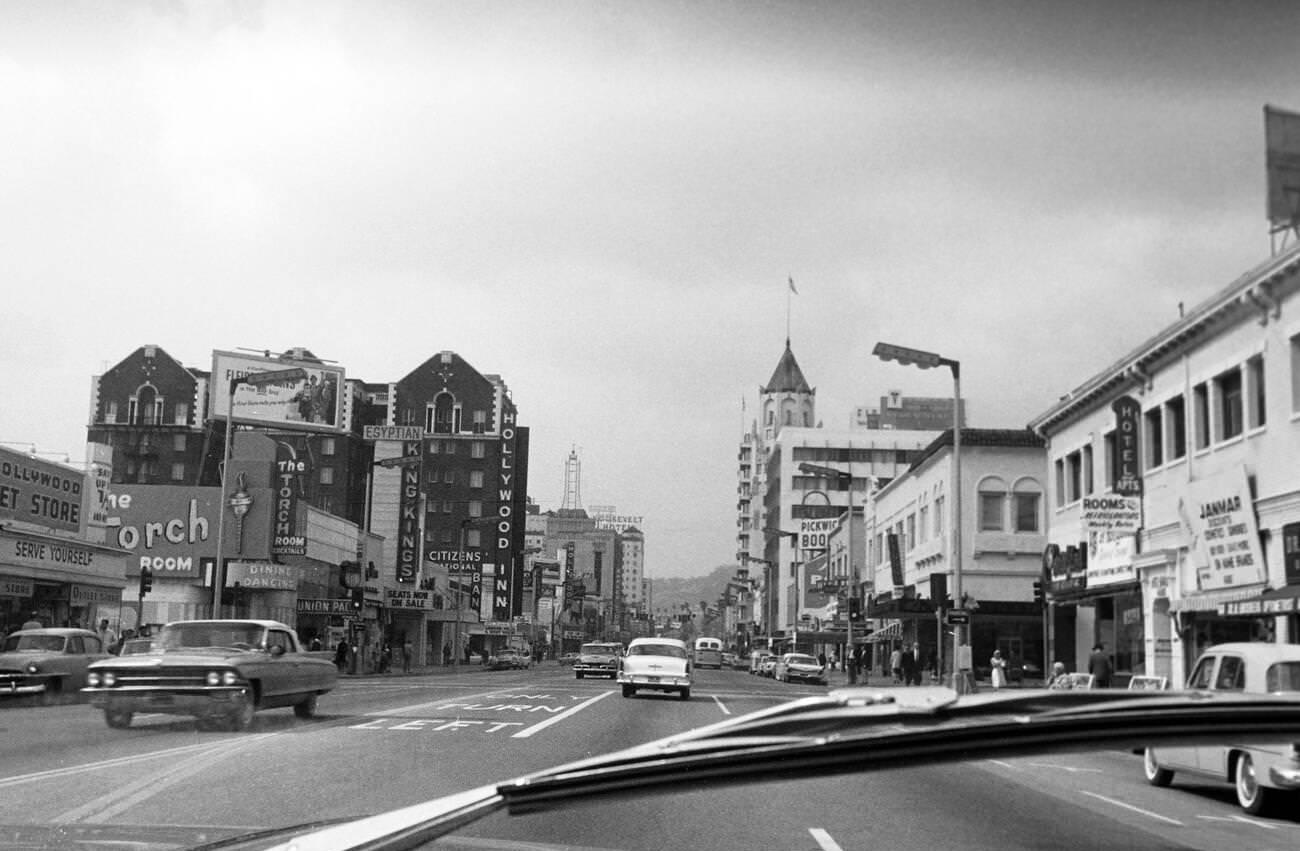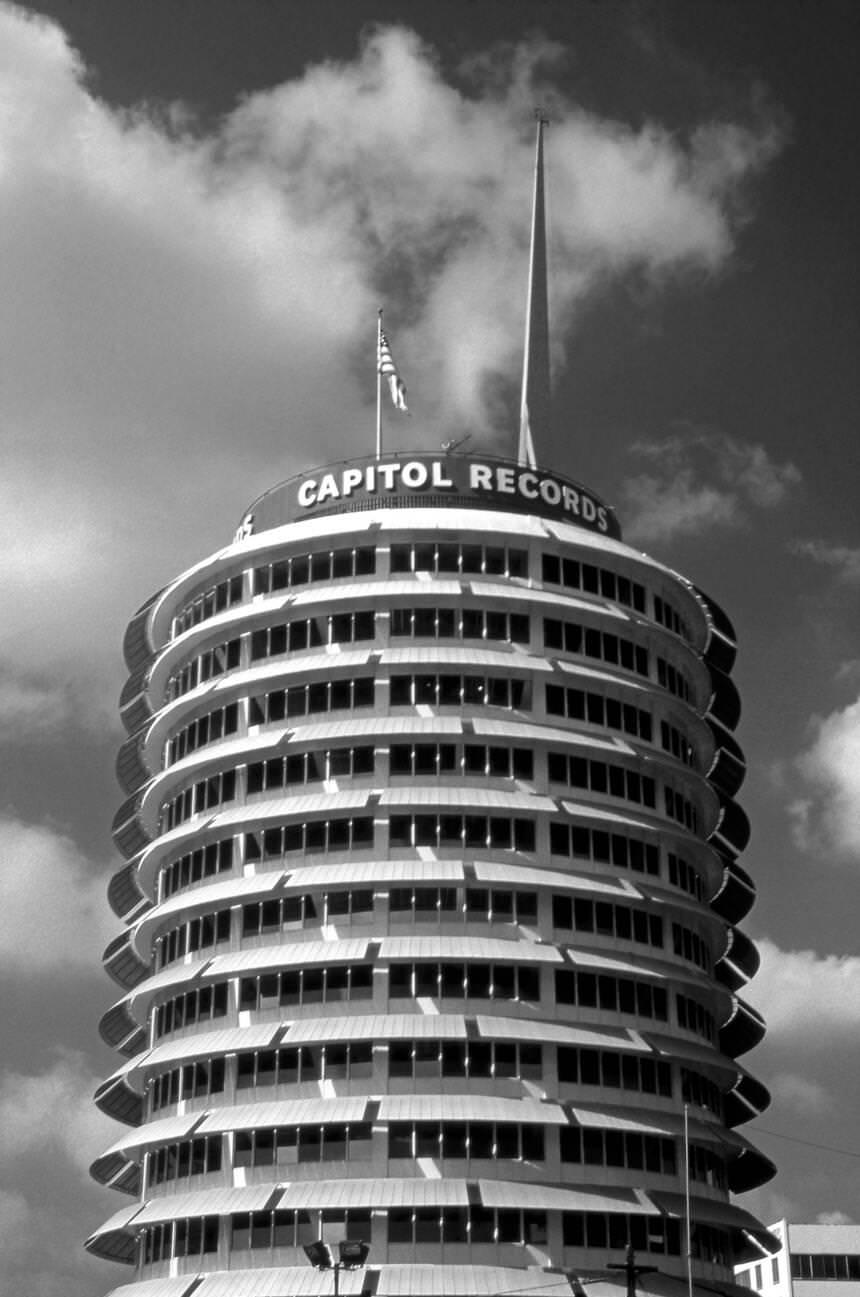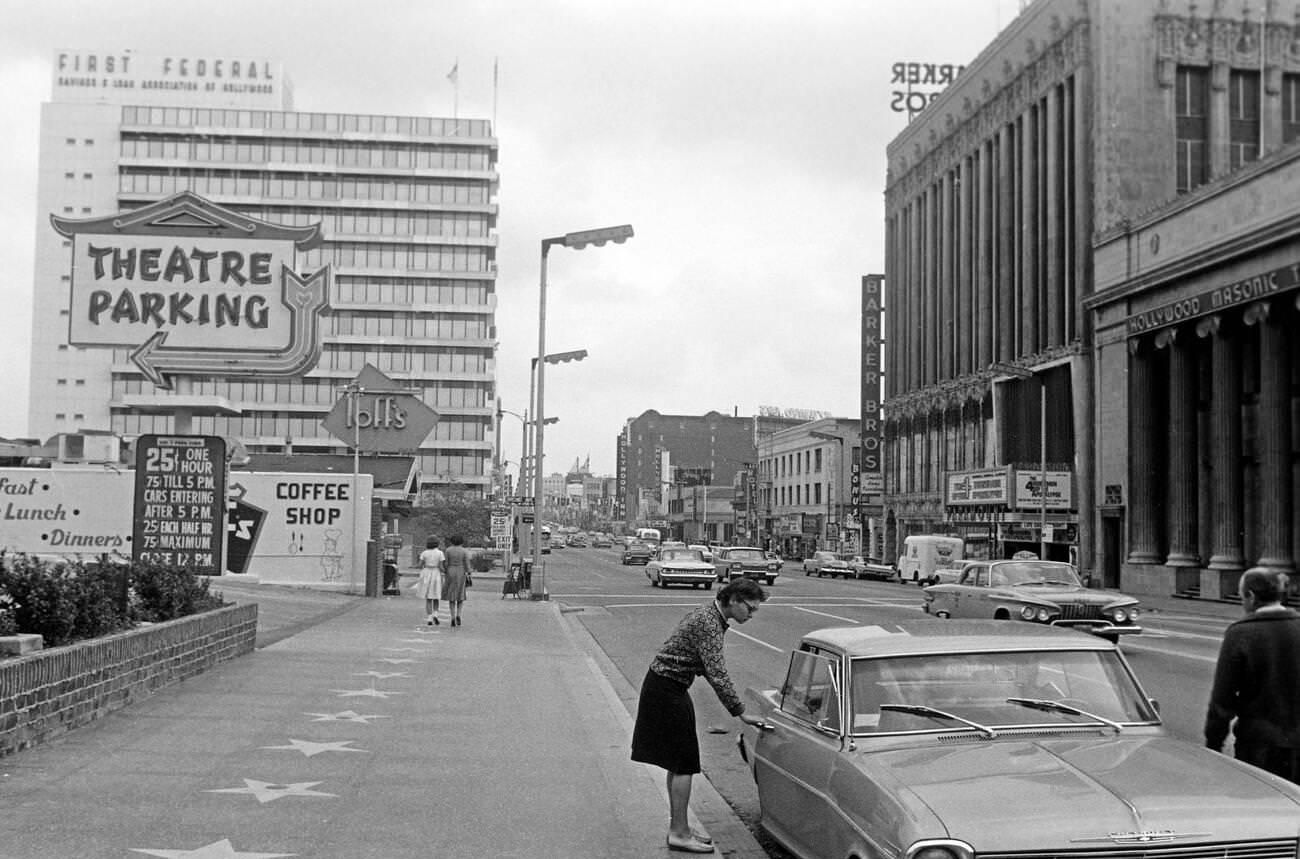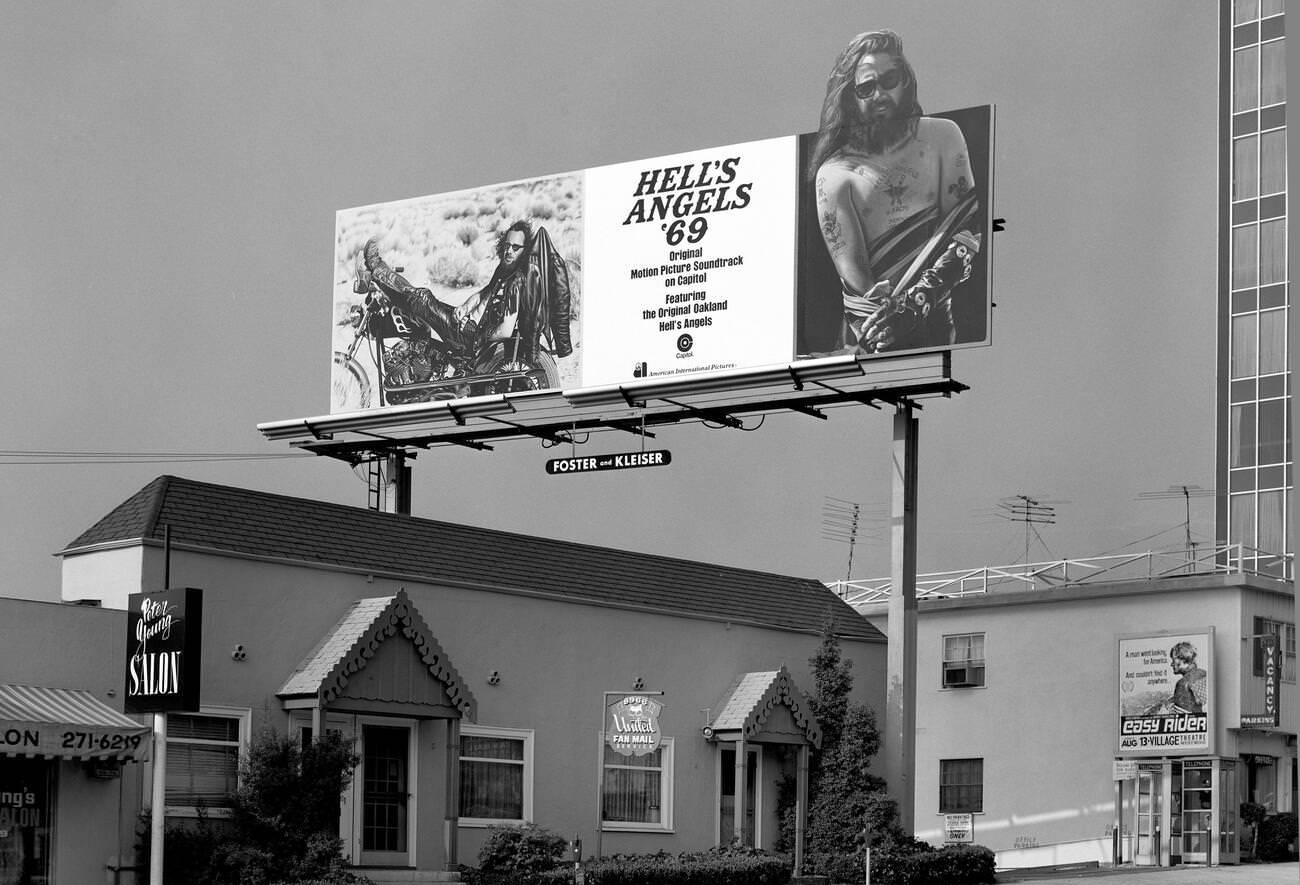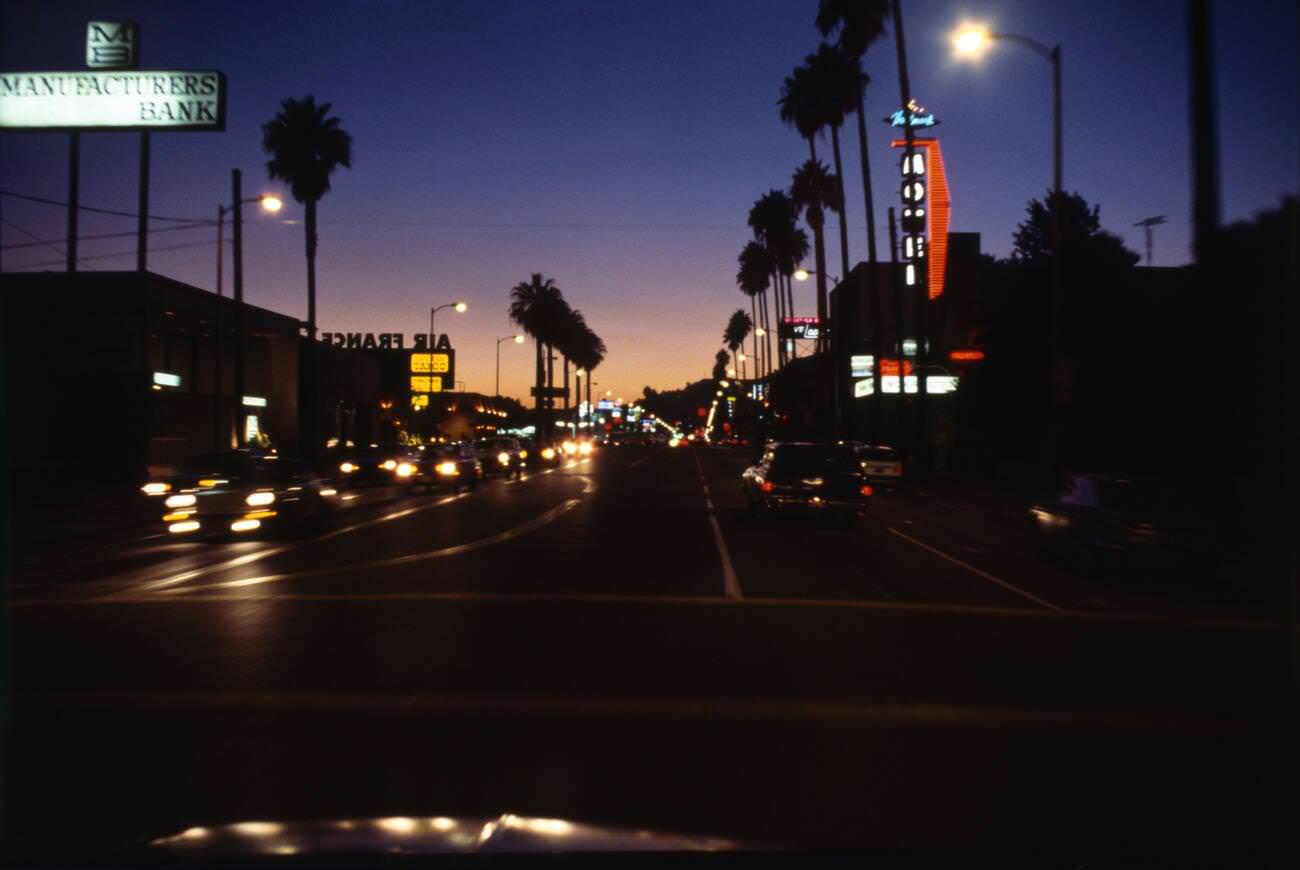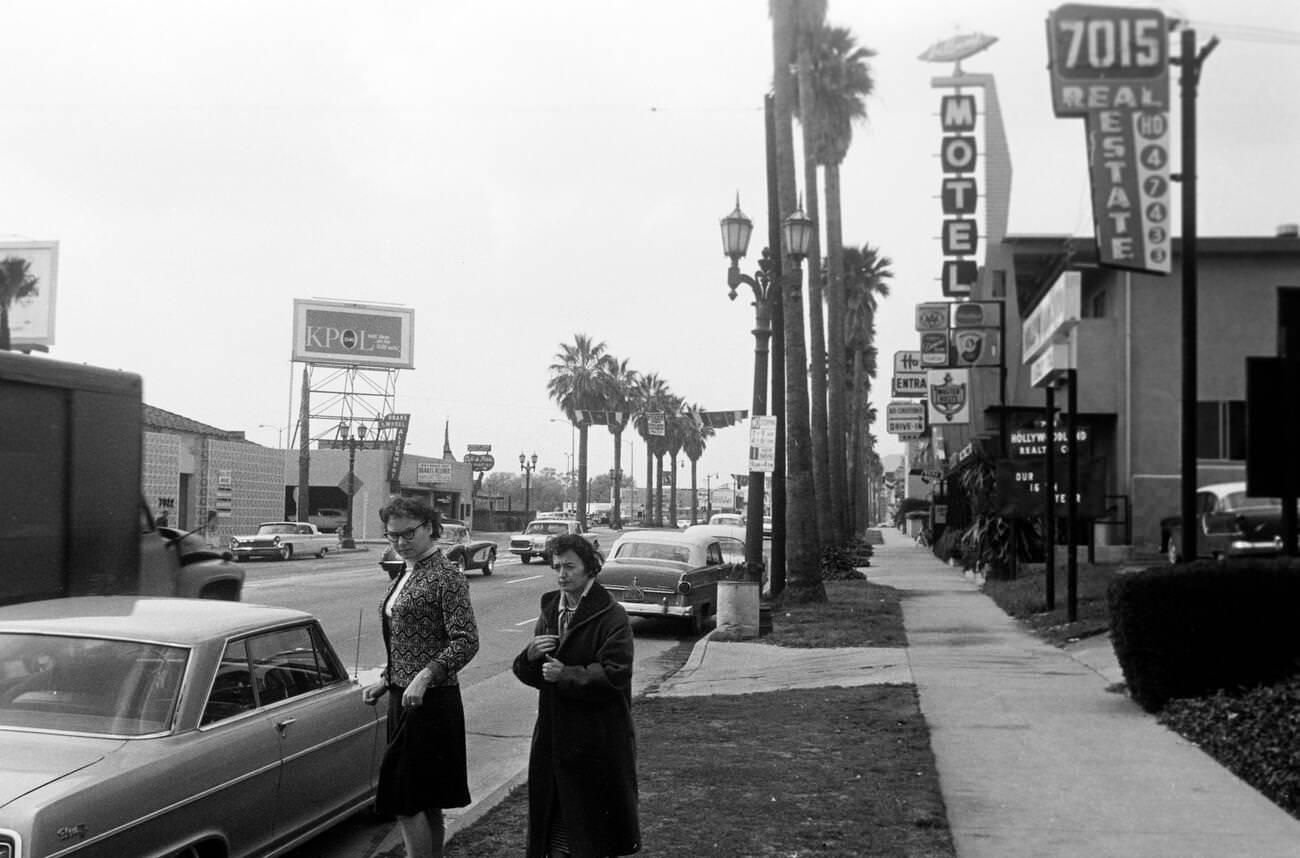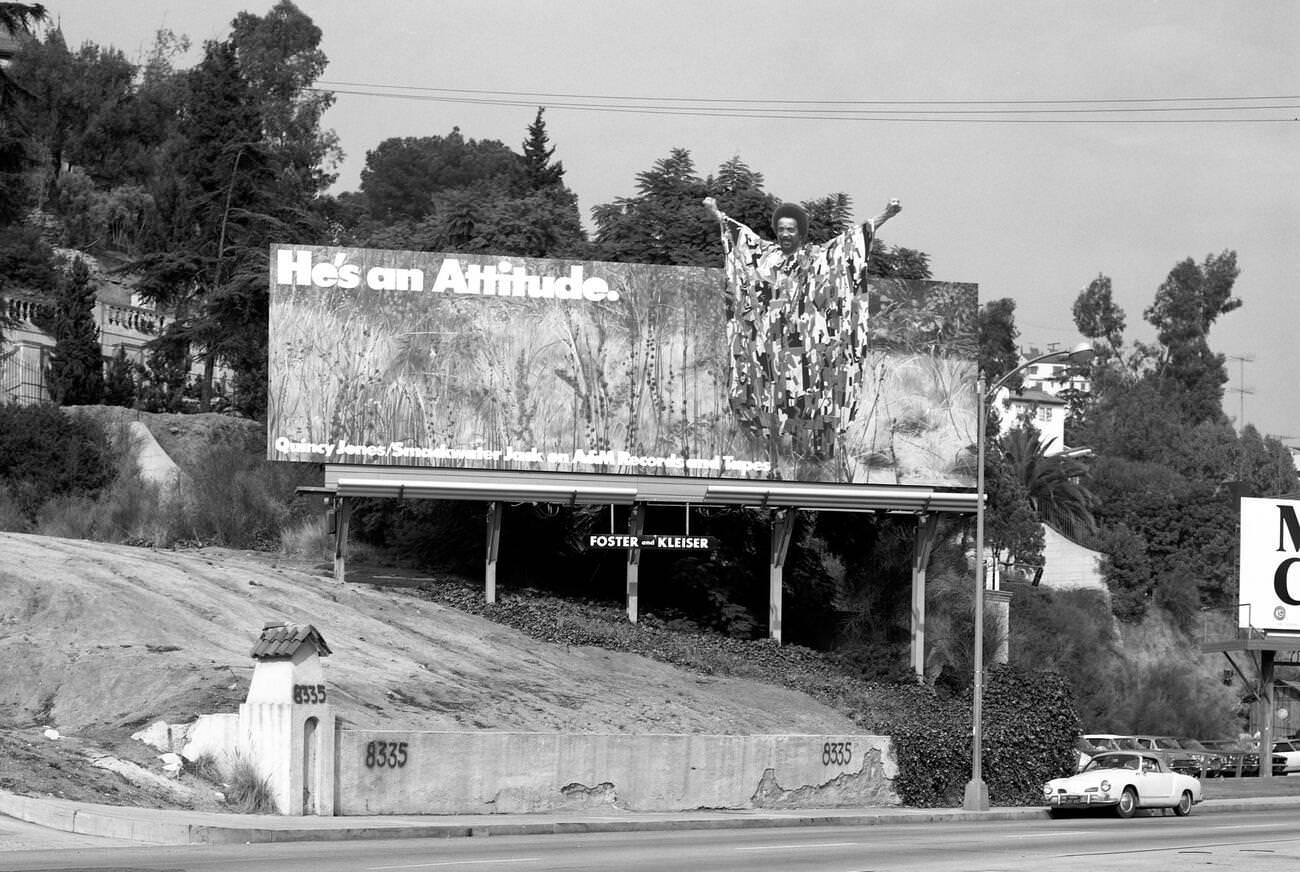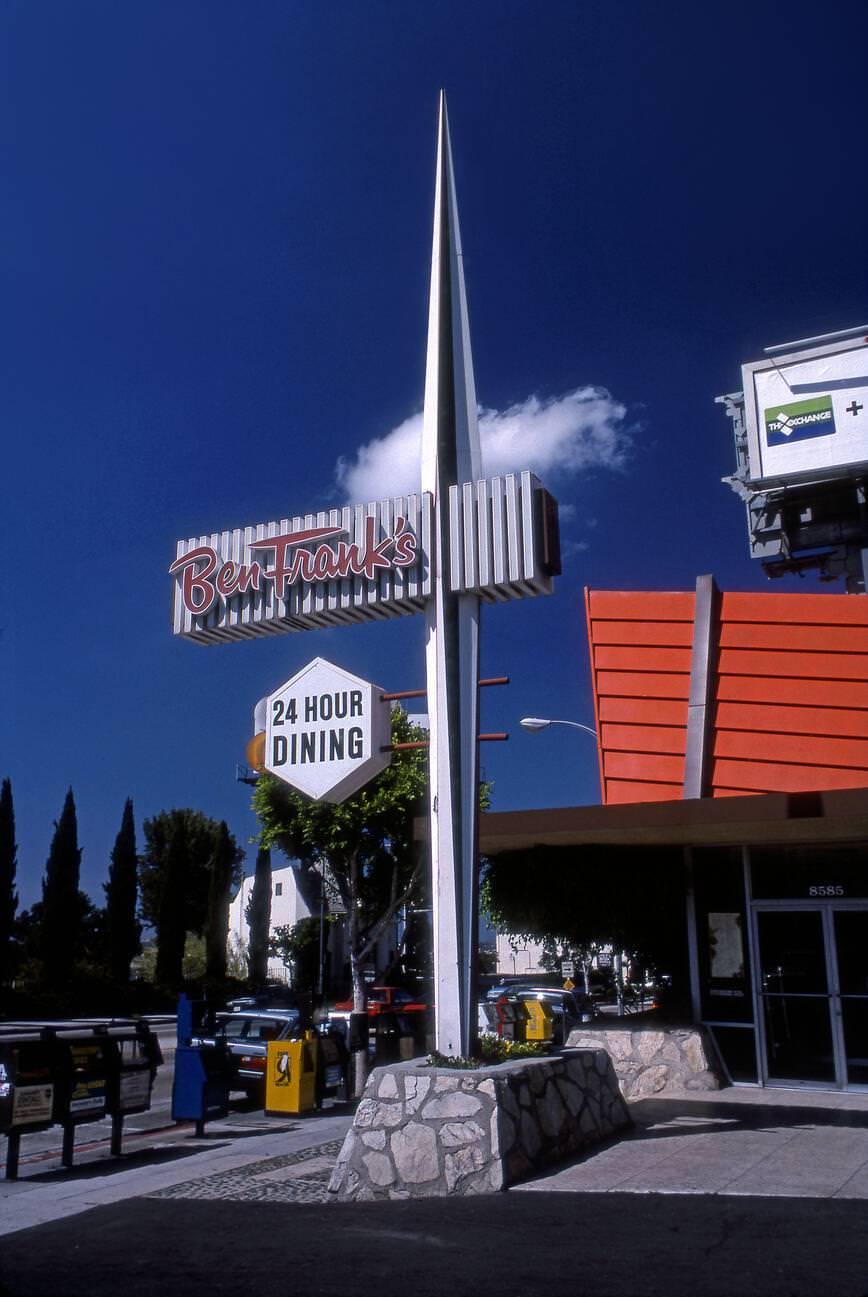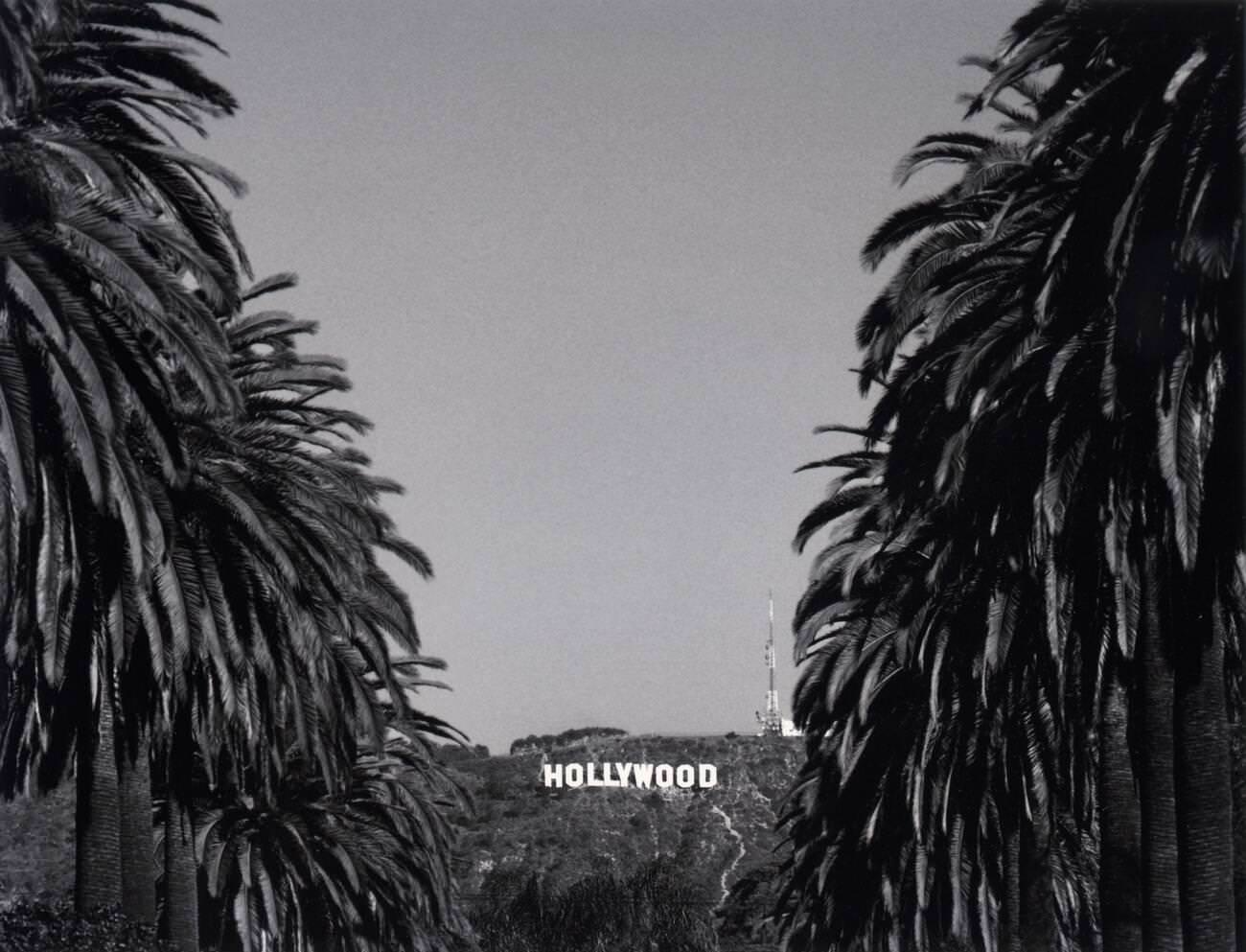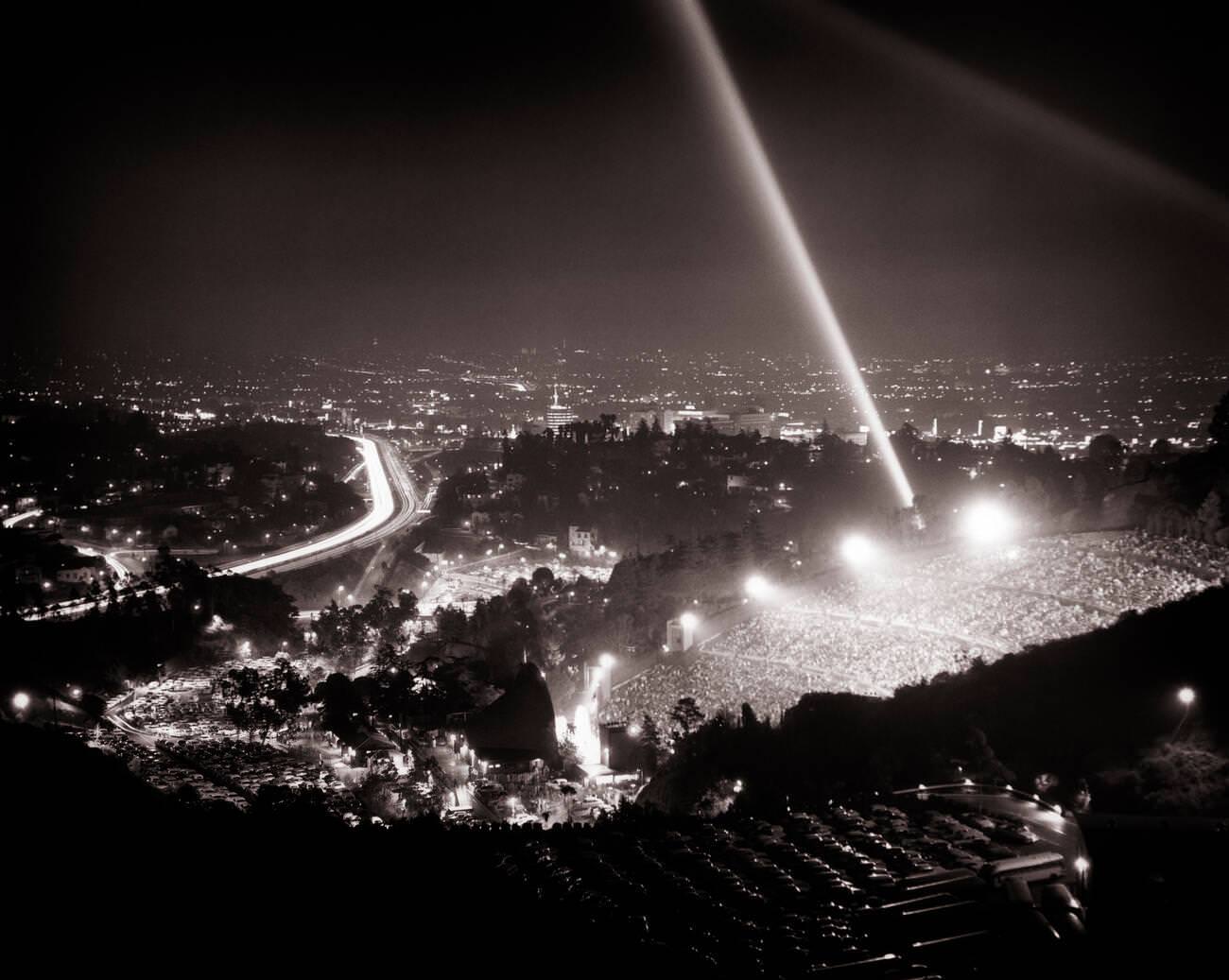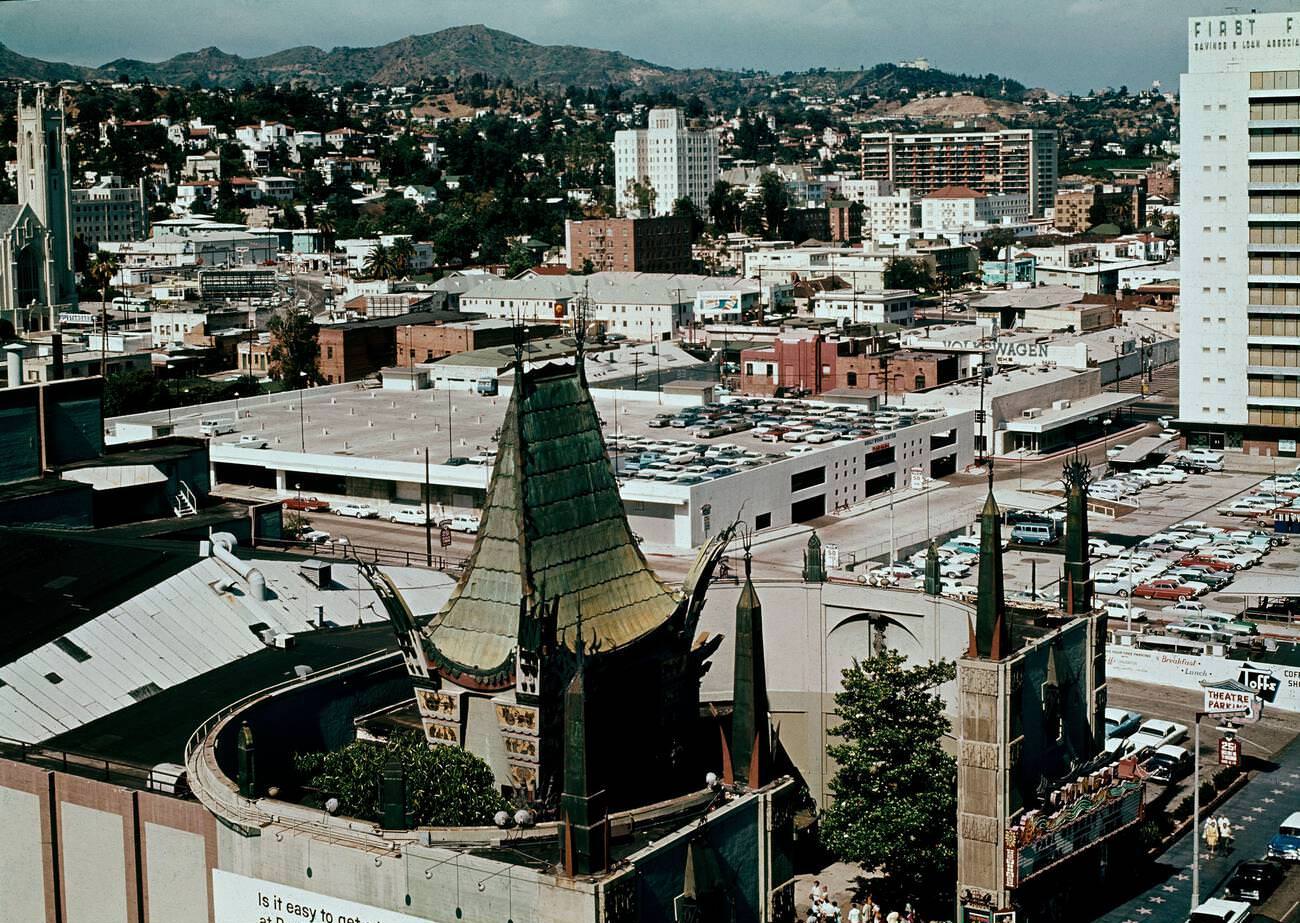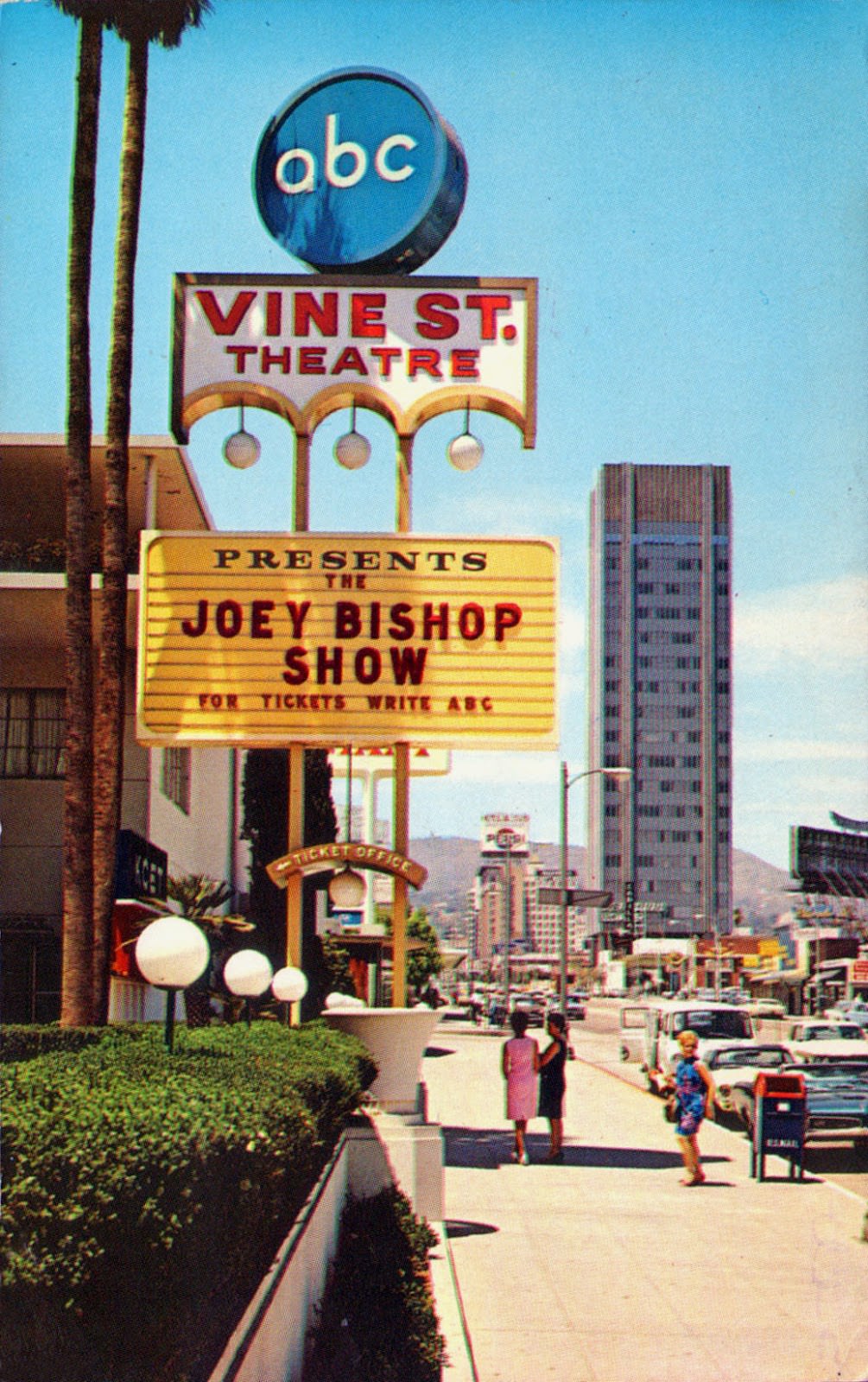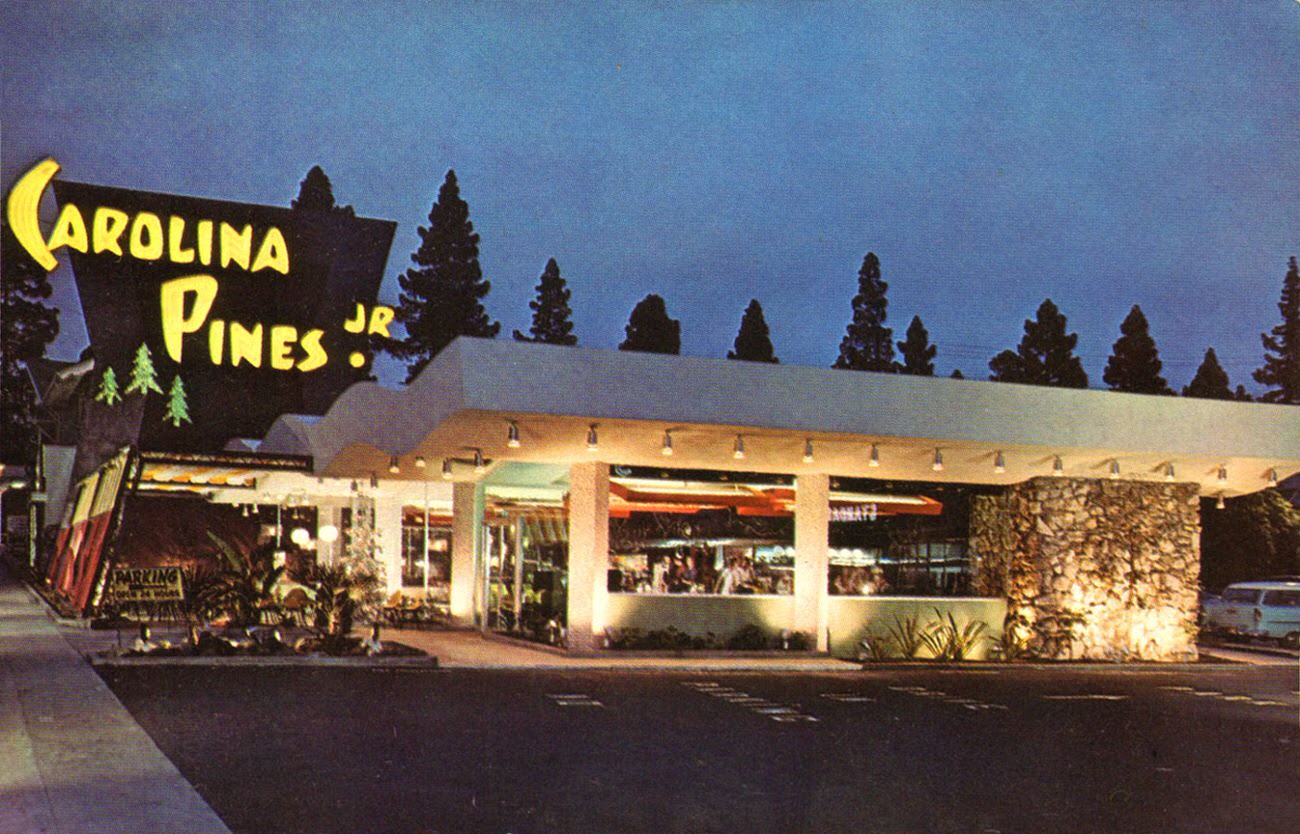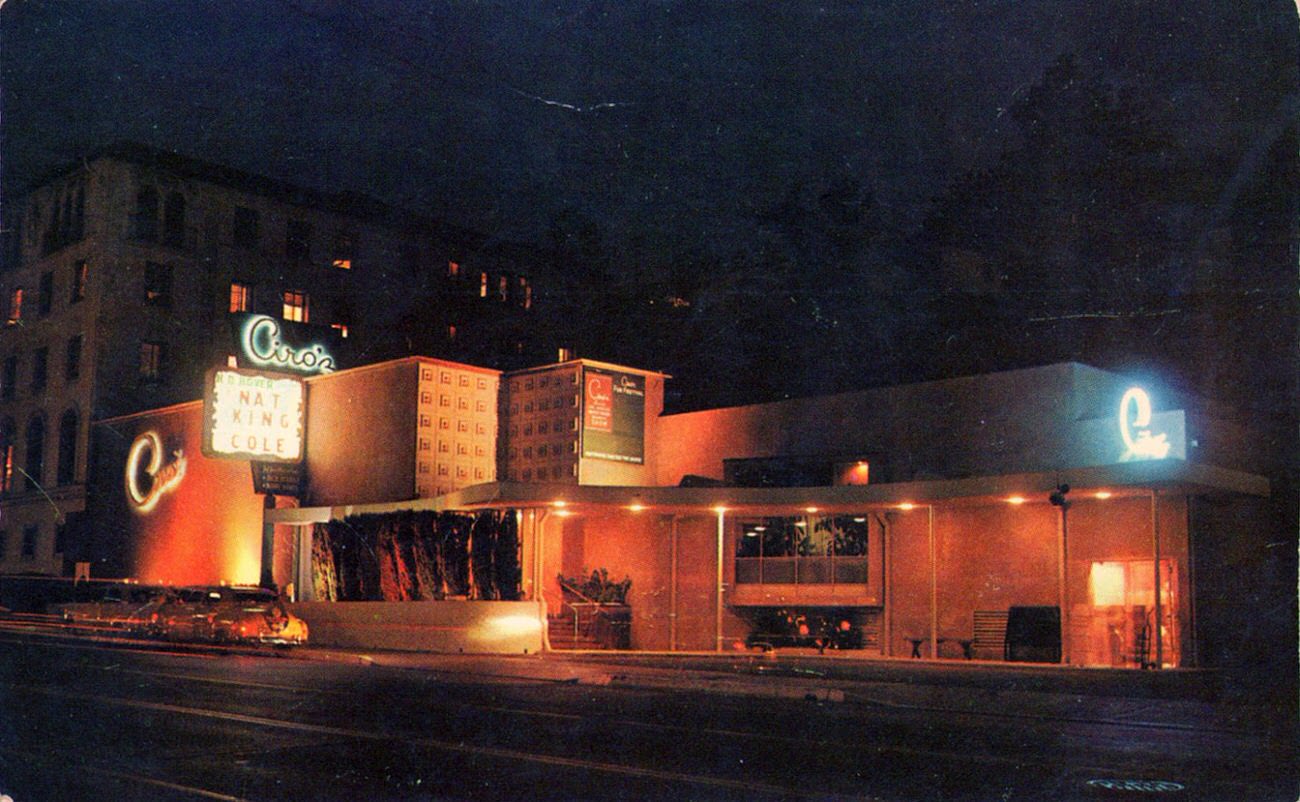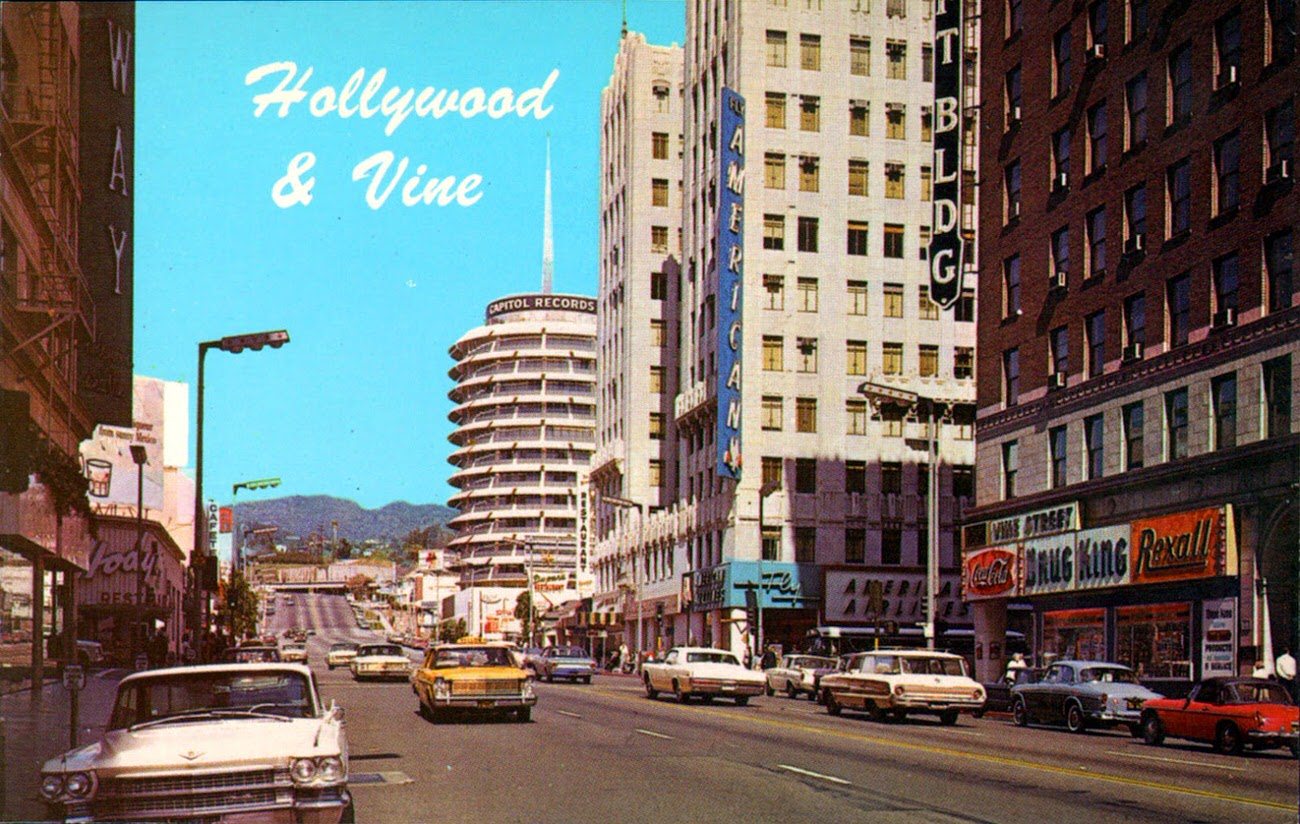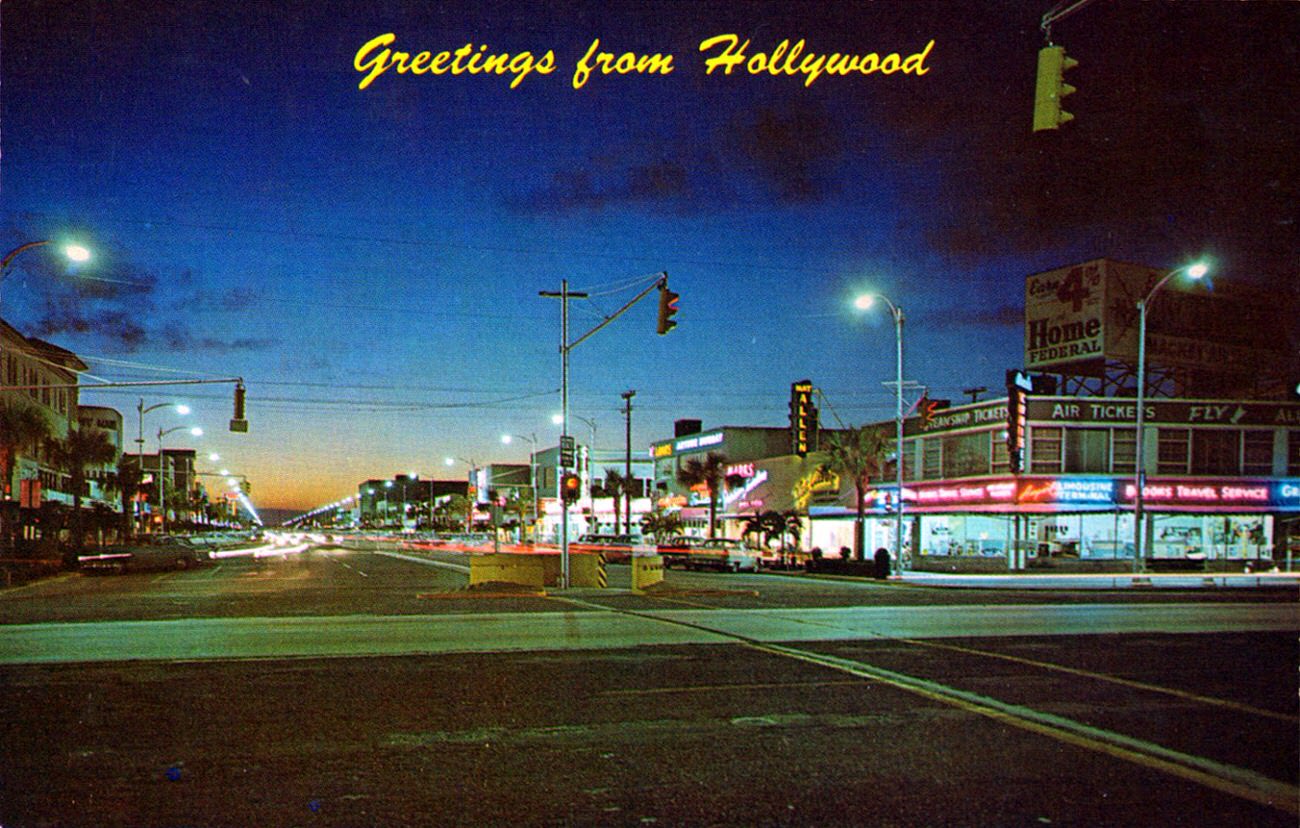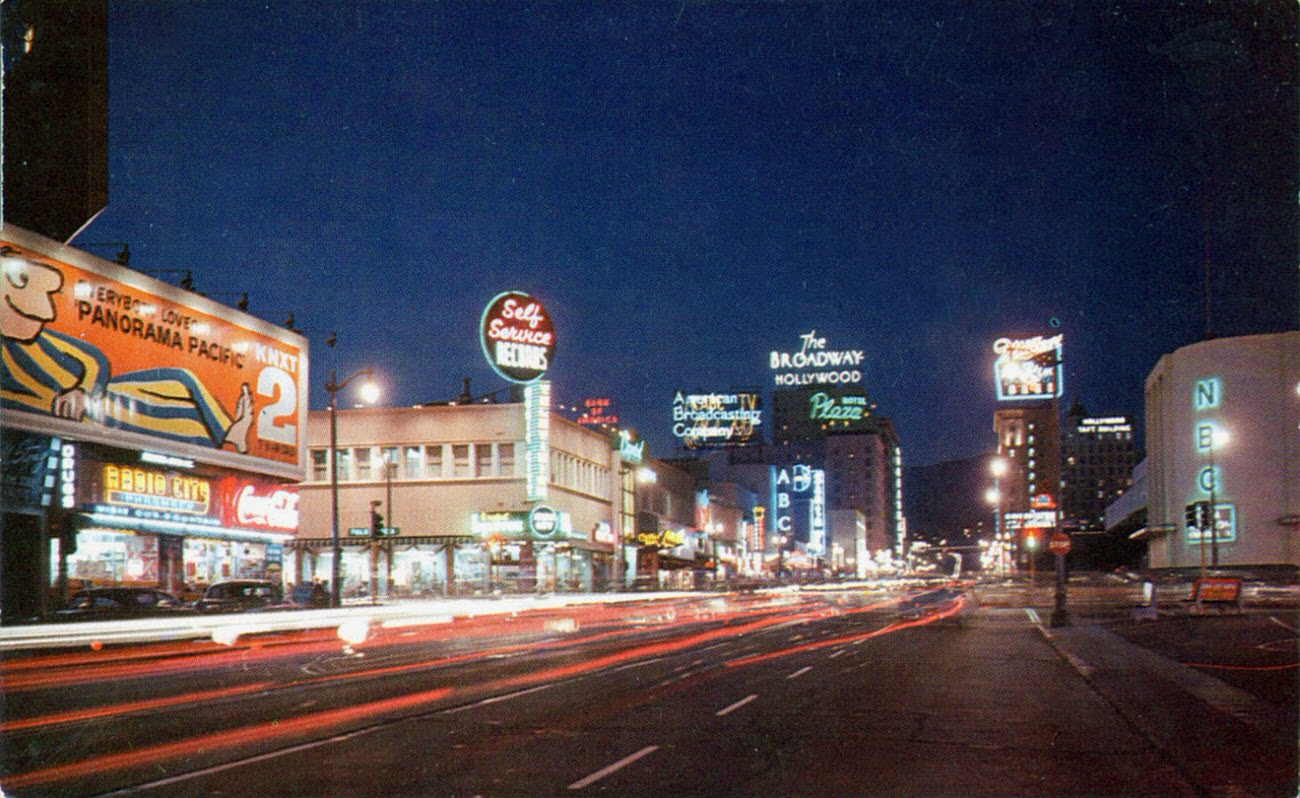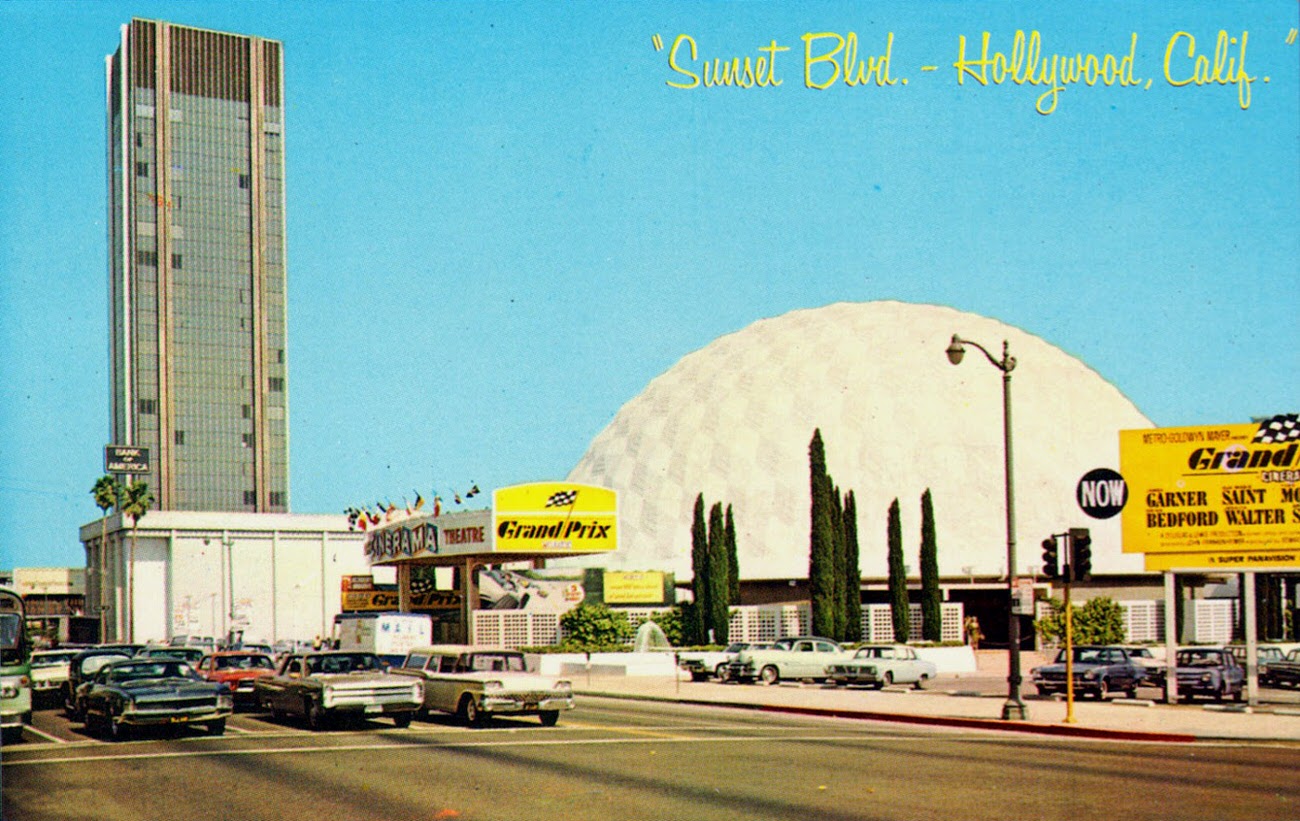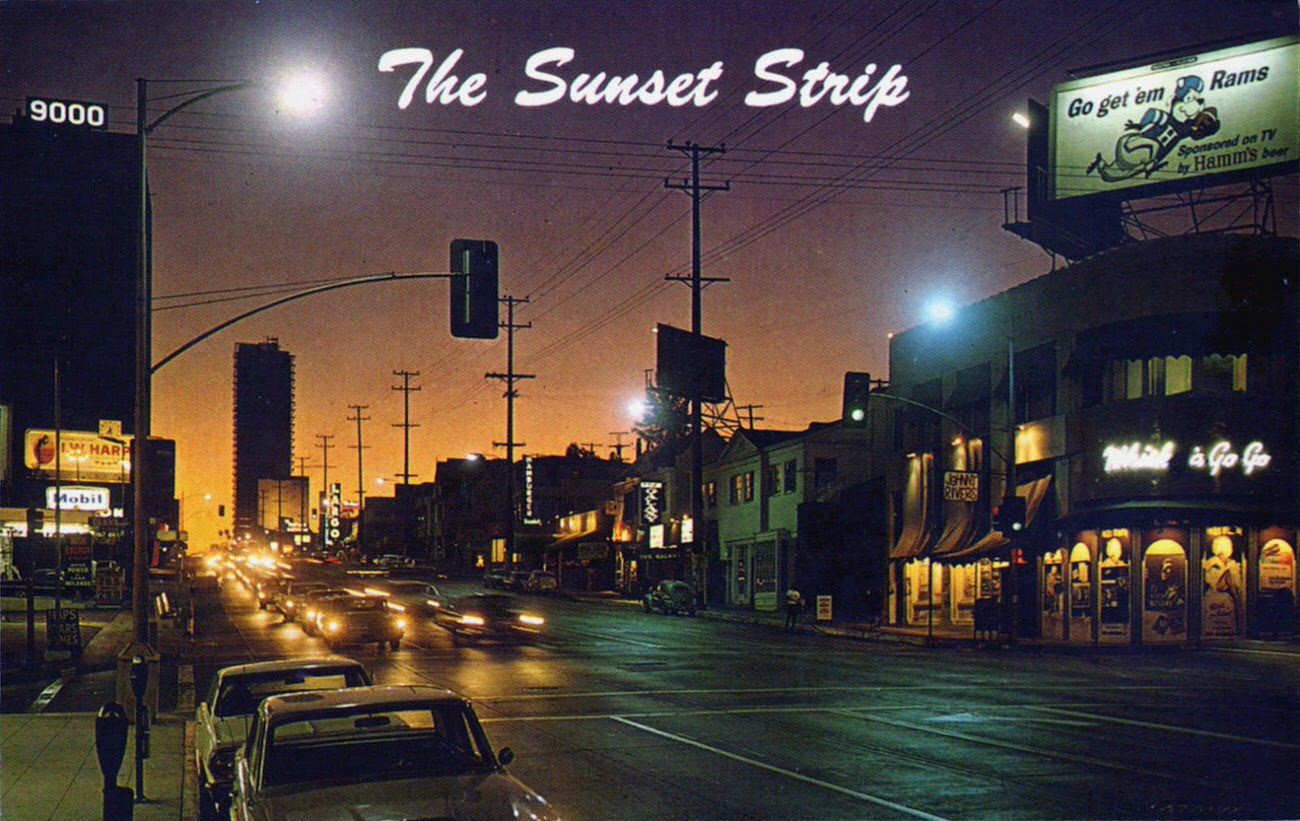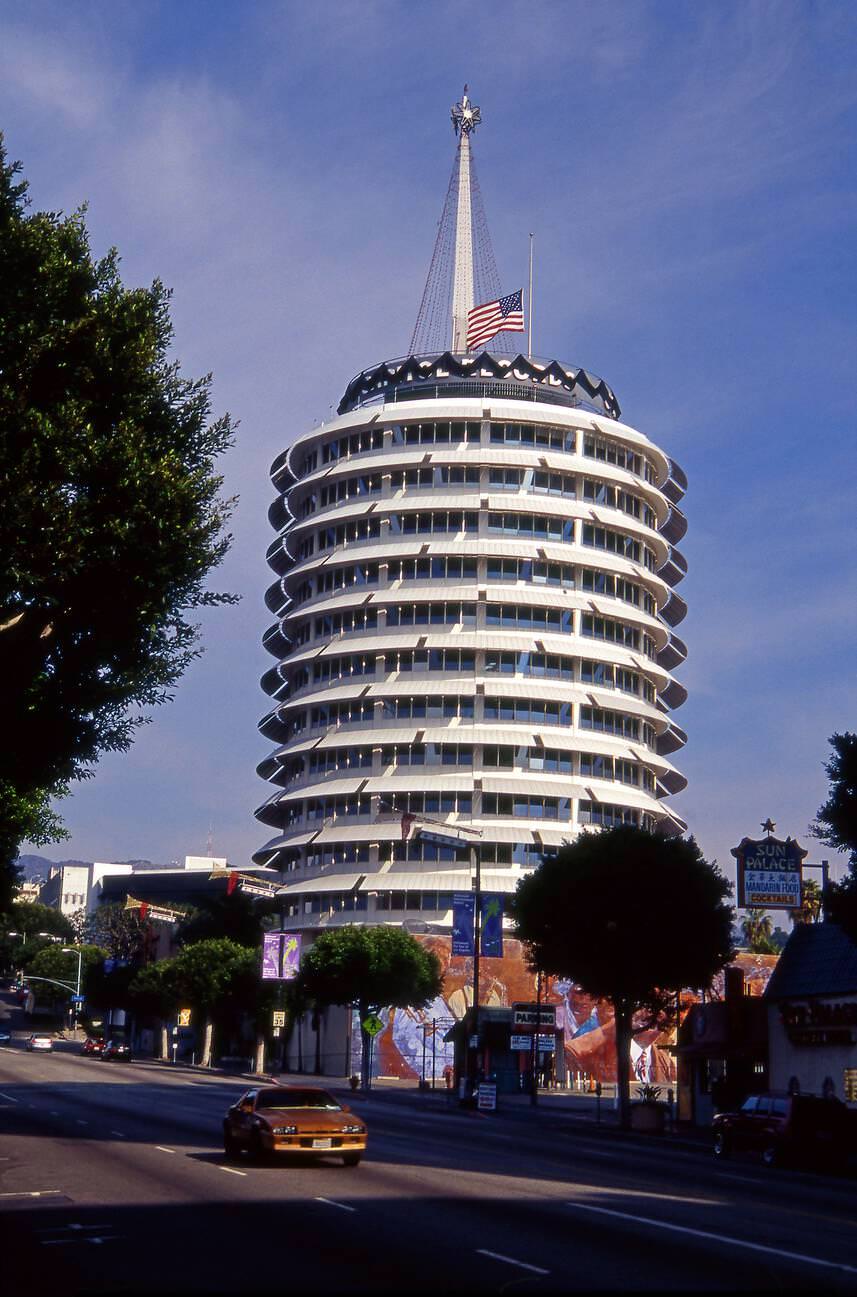Hollywood, California, in the 1960s was a dynamic and transformative place. The neighborhood was filled with energy, creativity, and a sense of change. This decade marked significant shifts in culture, music, and society. Hollywood was more than just the home of the film industry; it was a vibrant community where people lived, worked, and expressed themselves.
The Neighborhood Atmosphere
The atmosphere in Hollywood during the 1960s was both exciting and chaotic. The streets were often bustling with tourists and locals. People came to see the famous landmarks, like the Hollywood Walk of Fame. The sidewalks were adorned with stars dedicated to famous actors, adding to the area’s allure.
The neighborhood was known for its eclectic mix of shops and restaurants. Cafes served coffee and pastries, while diners offered classic American meals. Many establishments played live music, making Hollywood a hub for new sounds. The famous Sunset Strip became a hotspot for nightlife, with numerous clubs and bars..
Read more
Cultural Changes
The 1960s was a time of cultural revolution. Many young people began to challenge traditional values. The music scene exploded with new genres like rock ‘n’ roll and folk music. Bands like The Beatles and The Beach Boys had a massive influence on youth culture. Their music resonated with the spirit of the times and inspired many.
Hollywood was a key player in this cultural shift. The counterculture movement gained momentum, with groups advocating for peace and love. This movement was reflected in the art, music, and fashion of the time. The area became a meeting ground for those seeking change and a new way of life.
The Rise of the Counterculture
As the counterculture movement grew, Hollywood became a center for activism. Many young people protested the Vietnam War. They gathered in parks and on street corners, holding signs and chanting slogans. These demonstrations were often peaceful but passionate.
The Haight-Ashbury district in San Francisco became famous for its counterculture scene. However, Hollywood also embraced this movement. The neighborhood witnessed a rise in alternative lifestyles. People experimented with fashion, music, and art. Tie-dye shirts, bell-bottom pants, and long hair became popular among the youth.
The Influence of Film and Television
Hollywood in the 1960s was still primarily known for its film and television industry. Major studios produced iconic films that reflected the changing times. Movies like *Easy Rider* and *The Graduate* explored themes of rebellion and self-discovery. These films resonated with a generation searching for meaning.
Television also played a significant role during this decade. Shows like *The Dick Van Dyke Show* and *Bewitched* entertained families across America. However, new shows began to tackle more serious subjects. Programs like *The Smothers Brothers Comedy Hour* addressed political issues and social change through satire.
Neighborhood Life
Life in Hollywood during the 1960s was diverse and lively. Residents enjoyed various activities, from outdoor festivals to art shows. Local parks hosted events that brought the community together. Griffith Park was a popular spot for picnics and outdoor concerts.
The local schools were busy with students participating in clubs and sports. Education was a priority for many families. Parents encouraged their children to explore their interests and pursue their passions.
The Music Scene
The music scene was a crucial part of Hollywood life in the 1960s. Many famous venues, like the Whisky a Go Go and The Troubadour, hosted live performances. These clubs showcased emerging artists and became iconic spots for music lovers.
The Sunset Strip was alive with the sounds of rock, folk, and pop. Bands and musicians often played late into the night. The energy was infectious, and the experience of seeing live music was something many cherished.


